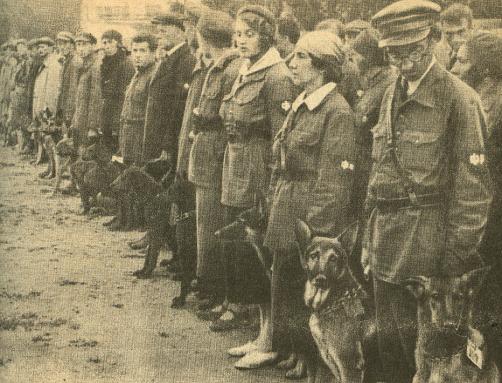That's it mate.
Battle of Hamel remembered
 On 4 July 2018 close to 1,100 people attended the Centenary of the Battle of Hamel commemorative service in Northern France. DVA Secretary Liz Cosson joined Minister Darren Chester along with Governor-General His Excellency General the Honourable Sir Peter Cosgrove AK MC (Ret’d), Lady Cosgrove and French Secretary of State under the Minister of the Armed Forces Ms Genevieve Darrieussecq at the service.
On 4 July 2018 close to 1,100 people attended the Centenary of the Battle of Hamel commemorative service in Northern France. DVA Secretary Liz Cosson joined Minister Darren Chester along with Governor-General His Excellency General the Honourable Sir Peter Cosgrove AK MC (Ret’d), Lady Cosgrove and French Secretary of State under the Minister of the Armed Forces Ms Genevieve Darrieussecq at the service.
The Battle of Hamel is famous for a series of firsts: the first significant operation of the Australian Corps since Lieutenant-General Sir John Monash became commander in May 1918; the first in which a non-American officer commanded US troops; the first time Australians fought side-by-side with US troops; and the first to coordinate infantry, armoured tanks, aircraft and artillery in such a way. The Battle of Hamel also proved to be a turning point for the Allies in the First World War.
Monash’s meticulously planned attack, which consolidated the strategies used in previous battles by the British Expeditionary Force, saw the Allies achieve all of their objectives in 93 minutes, just three minutes longer than Monash had planned and with a relatively small number of casualties compared with other battles on the Western Front.
In all, some 1,200 Australians and more than 170 Americans were killed or wounded, while German casualties were more than 2,000 with some 1,600 taken prisoner.
For those who missed the commemorative service, you can re-watch it on the Department of Veterans’ Affairs Facebook or YouTube, or on ABC iView by searching ‘Le Hamel’.

The Battle of Hamel is famous for a series of firsts: the first significant operation of the Australian Corps since Lieutenant-General Sir John Monash became commander in May 1918; the first in which a non-American officer commanded US troops; the first time Australians fought side-by-side with US troops; and the first to coordinate infantry, armoured tanks, aircraft and artillery in such a way. The Battle of Hamel also proved to be a turning point for the Allies in the First World War.
Monash’s meticulously planned attack, which consolidated the strategies used in previous battles by the British Expeditionary Force, saw the Allies achieve all of their objectives in 93 minutes, just three minutes longer than Monash had planned and with a relatively small number of casualties compared with other battles on the Western Front.
In all, some 1,200 Australians and more than 170 Americans were killed or wounded, while German casualties were more than 2,000 with some 1,600 taken prisoner.
For those who missed the commemorative service, you can re-watch it on the Department of Veterans’ Affairs Facebook or YouTube, or on ABC iView by searching ‘Le Hamel’.





